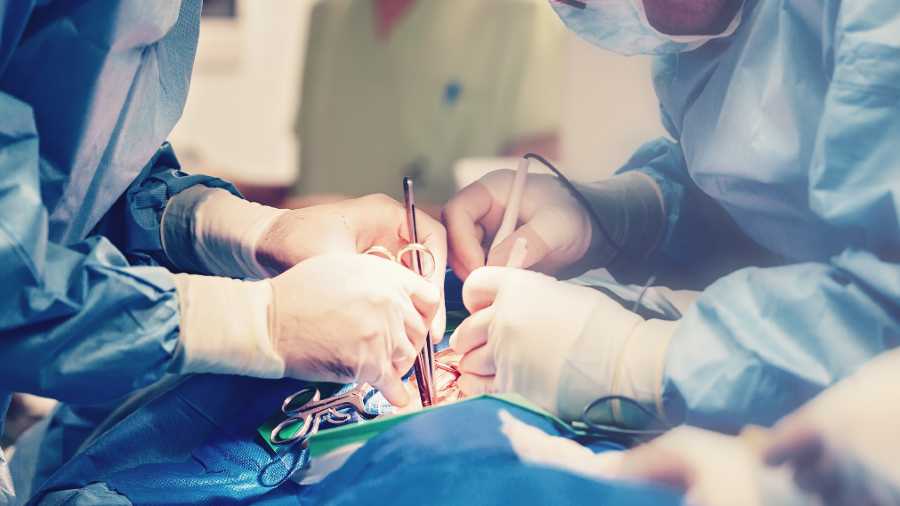Robot-assisted coronary artery bypass surgery is less painful, provides faster recovery and has greater accuracy, a cardiac surgeon said on Wednesday.
Lalit Kapoor, senior consultant, cardiac surgery, at the RN Tagore International Institute of Cardiac Sciences, said robotic surgery on three persons had been conducted at the hospital since May 5 and all of them were doing fine.
There were multiple advantages of robot-assisted surgery, he said.
“In the conventional minimally invasive surgery, holes may be made in the legs, but not in case of the robot-assisted coronary artery bypass graft,” he said.
All holes are made in the chest in case of robot-assisted surgery.
“In the case of the conventional minimally invasive surgery, a lot of pulling and pushing of the chest is done, which is painful. That is not required in robot-assisted surgery,” the doctor said.
The robot inserts a 3D camera inside the chest through the holes and the surgeon then sees the images on a screen.
The surgeon manoeuvres the robot, which is an extension of the surgeon. The precision of the surgery is better as the surgeon is manoeuvering the robot while seeing its movement on the screen.
“The robot has 360 degrees movement, which a human hand cannot do,” said Kapoor.
“One of them went back home five days after the surgery, another person went back four days after the surgery. The third person went back two days after the surgery,” he added.
The patient who underwent the last surgery in June was discharged two days after the surgery.
The first patient was kept for five days as the doctors were acting cautious, said Kapoor.
In a conventional minimally invasive surgery, a person is discharged seven or eight days after the surgery.
Robot-assisted surgery is more expensive than conventional minimally invasive bypass surgery.
Kapoor said robot-assisted surgery would cost about 40 per cent more than a conventional minimally invasive bypass surgery.
